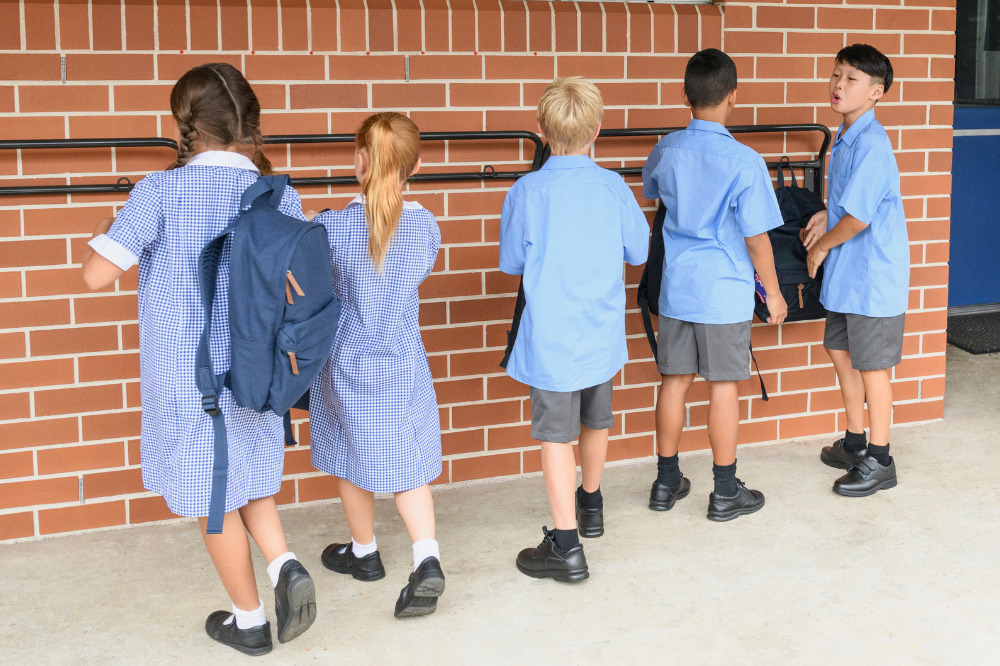
The peak body for Independent Schools is calling for a focus on education and not “funding wars” as the review of the National School Reform Agreement gets underway.
“There are 670,000 students, their families, and 115,000 passionate educators in our sector. They’re asking that we all work collectively and collaboratively with a focus on ensuring all Australian children receive the best education our nation can deliver,” Independent Schools Australia’s (ISA) CEO, Graham Catt said.
“Working collaboratively across sectors and with governments is the only way we will find solutions to the challenges we collectively face and improve our education system overall.”
Catt’s comments follow a recent report that more than 1,000 private schools across Australia will be overfunded by billions of dollars over and above their public funding entitlement under the Schooling Resource Standard (SRS).
The internal Department of Education figures, included in a departmental briefing prepared for witnesses appearing before Senate Estimates, show 1,152 private schools will net $3.2bn over and above their public funding entitlement under the SRS.
However, Catt said these claims are a “distraction” and “encourage division instead of collaboration”.
“It is also somewhat misleading, as $3.2bn actually reflects the funding that will be withdrawn from non-government schools by the end of 2029 due to the shift from one funding model to another,” he said.
“Any Independent school still receiving more than 100% of their Schooling Resource Standard are in the process of transitioning down to their entitlement.”
Catt said there are currently 367 Independent schools out of 1,209 (about 30%) receiving funding above the Schooling Resource Standard, and that funding to those schools will reduce by $326m in 2023.
“This will be followed by another reduction of $282m in 2024 and will reach zero by 2029 when all non-government schools will have completed the transition process. This change is because of the implementation of the Gonski funding methodology in 2014 and not because non-government schools are overfunded,” he said.
“The move to the Schooling Resource Standard as a funding benchmark meant that schools’ funding allocations – in all school sectors – changed. Some schools were funded below their SRS entitlement and funding needed to go up and some schools were funded above their SRS entitlement and their funding needed to go down. This is why a transition period is so important.”
Catt said far from being “awash with cash”, many schools are making tough decisions to manage changes and minimise negative impacts on students’ education and teachers, also pointing out that non-government schools, which educate more than a third of Australia’s four million students, are an integral part of Australia’s education system.
Another misconception Catt addressed was that most independent schools are high-fee institutions, pointing out that half of the sector’s schools charge annual average fees less than $5,300, and in some cases no fees whatsoever – all while serve highly-disadvantaged groups including Aboriginal and Torres Strait Islander communities, people with disability and those at risk of disengaging from education altogether.
“The Independent school sector supports the Government’s objective of full implementation of the current funding model to ensure that all schools are funded to 100 per cent of the Schooling Resource Standard,” he said.
“We fully support the objectives of the National School Reform Agreement review, and we look forward to a constructive national conversation about how to provide all Australian families with choice and improve education for all students.”


